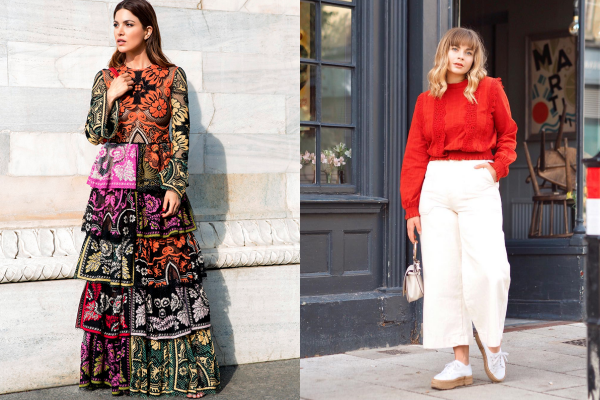We must acknowledge that at some point in our lives, we have all been on the fashion dos and don’ts list. Some people seem to take fashion more thoroughly than you could imagine, putting more thought into it than merely throwing a few items of clothing and jewelry together and hoping it looks good. Regarding the fashion sector, attitude, and creativity are not enough. A high fashion university education is now required to become a successful fashion designer.

Fashion colleges are aware of how competitive the business is. As they have been unwilling to fall behind on the newest trends, most designers frequently return to school for refresher courses. The following are eight suggestions from Shein.com on how to remain relevant in the field.
- Learn how to dress any outfit in your closet and boost your sense of style
Work on your capsule wardrobe, first. Ensure you possess dependable wardrobe essentials, such as a pair of well-fitting jeans, the classic short black dress, a timeless blazer, uncomplicated button-downs and T-shirts in neutral tones, and a casual denim jacket or a leather jacket. Looking forward to putting together requires investing in a small selection of versatile fundamentals and knowing how to dress them.
- Ensure that your clothing fits you precisely
Hiring a skilled tailor is one tip for making any article of clothing appears wonderful. Clothing with a tailored fit not only appears more professional but also feels cozy. You won’t feel fashionable if your clothes bunch up or your pants drag on the floor. You may begin to experiment with under and oversized things in a manner that feels attractive rather than sloppy if your compact wardrobe fits you nicely.

- Learn to maintain proportion
It involves styling your clothes to achieve a sense of visual balance. Wearing clothing that is tailored to your body form is how you do this. Make a fashion statement when wearing big clothing or unconventional forms by maintaining the rest of your outfit tailored. Try wearing a short crop top over wide-leg denim or a blouse with a puffy shoulder with straight-leg pants, for instance.
- Discover your style
It might take years to get your distinctive look, but you can start by making a moodboard. You should always keep in mind that a sense of style is an adventure; you cannot know what fantastic looks you’ll find until you enter the changing room. You shouldn’t let the labels “menswear” and “womenswear” determine how you purchase. Spend some time experimenting with colors and forms to discover what suits your body type well.
- Develop your shopping skills
It will be easier for you to avoid stuffing your wardrobe with clothes you never wear if you know how to buy precisely what you want. When you have items in your closet that you adore, designing an outfit will come naturally.

- Include a belt
One of the simplest methods for making any outfit seem more put together is to add a belt to it. It’s also a terrific strategy for creating harmony in an outfit, such as when wearing a lengthy cashmere sweater with a billowy midi skirt that may not otherwise work.
- Play around with color
If you’re hesitant to include color in your outfit, start with one neutral-colored piece and work your way up. You’ll learn which color combinations complement your style the most as you become more accustomed to them. For ideas, check the color wheel.
- Combine textures and patterns
It’s no longer acceptable to match your bags to your shoes. A striking fashion statement is made by clashing materials and patterns. Beginning with simple, understated materials like knits, leather, and neutral patterns such as stripes, experiment with paisleys and sequins in little doses (such as a clutch, tie, or scarf) to see what looks well on you.

Increase your selections
Getting their creations on the runway is the goal of countless fashion designers. Graduates from fashion schools typically work for a clothes and apparel firm or are self-employed. The ability of talented fashionistas to be included in fashion shows is hampered by a lack of funding and social ties. Since very few designers are successful in the fashion business, fashion institutions provide a variety of possibilities for students to think about. Numerous fashion institutions also offer programs in occupations that are closely connected to fashion design, including stylists, artists, and fashion merchandising.





